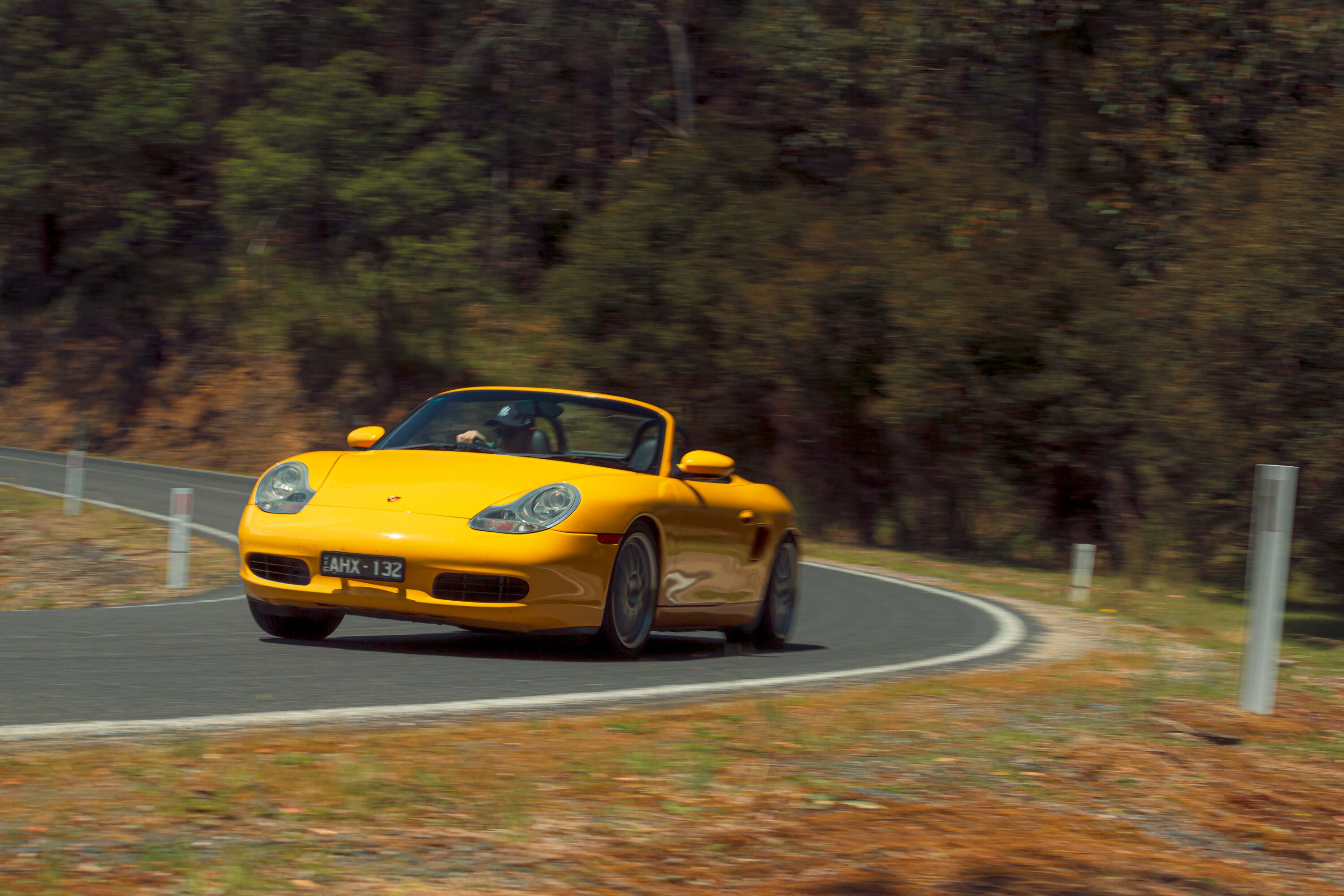Has there ever been a more elegant exercise in creative cost-cutting than Porsche’s original Boxster?
Upon first acquaintance, that might sound something of a pejorative – an accusation that a company peddling premium products is somehow short-changing its customers but, as we delve into the situation in which the Boxster was born, you’ll discover it’s anything but.
In order to set the scene, let’s press rewind and head back to 1991-1992. It’s no understatement to say that Porsche AG was in chaos. It was building the 968, the 911 and the 928, three coupes with no shared componentry that were in a race to see which could lose the company the most money.
Realising that the company was on a fast track to bankruptcy, manufacturing boss Wendelin Wiedeking ordered a root-and-branch review of all of the fundamental processes required to build a car.
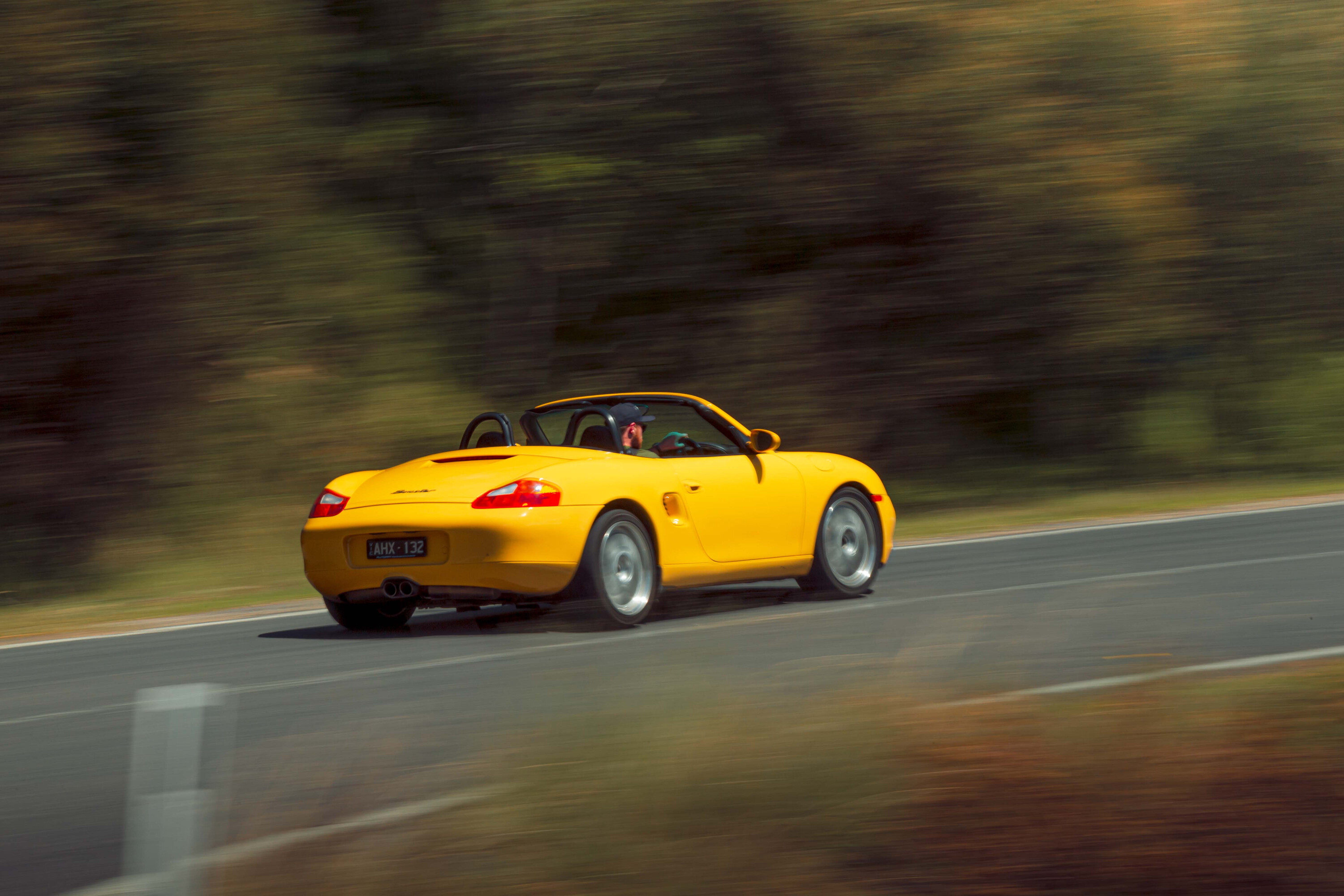
With the manufacturing side rapidly beaten into shape, the engineering department also came in for a restructure.
Horst Marchart, a Porsche man for 31 years, was named board member for research and development in 1991, replacing the mercurial Uli Bez. His first job was to axe one in every five jobs at Weissach.
Like the manufacturing department, the R&D team invested some of those savings in trips to Japan in order to streamline processes and better understand their core competencies. The old line-engineering approach gave way to a more flexible project management system and from that came the New Generation vehicles.
The four-door Porsche 989 project was swiftly killed by unfavourable exchange rates and Porsche instead turned its attentions to a cheaper entry-level car. This wasn’t the first time this had occurred.
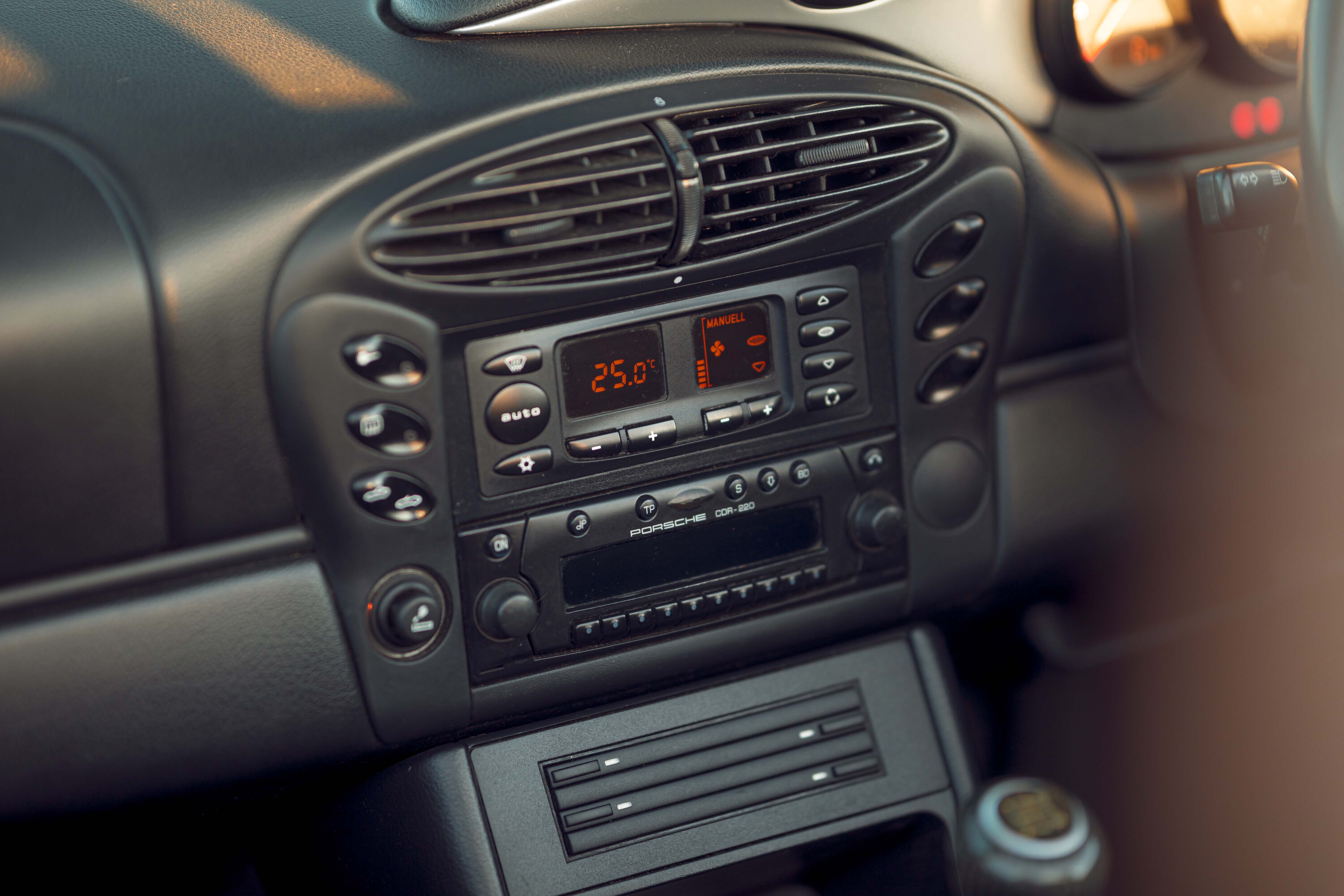
Aside from earlier models like the RS 60 and 914, Porsche had built the Type 984 in 1984, informally dubbed ‘Porsche Junior” within the halls of Zuffenhausen.
A styling model appeared, rear engined with a hard-top convertible, but try as they might, Porsche couldn’t make the numbers work for them. Despite being smaller, simpler and lighter, the profit margins were just too small to get the project across the line.
Nevertheless, a spark had ignited within Porsche, demonstrating the benefits of a purpose-built two-seat roadster, rather than chopped versions of existing 968 and 911 coupes.
In 1991, Marchart knew the basic rules of play. Porsche needed to build 35,000 cars a year in order to retain its dealer network. The 993 version of the 911 was on its way and already in advanced stages of development, and would launch in 1993.
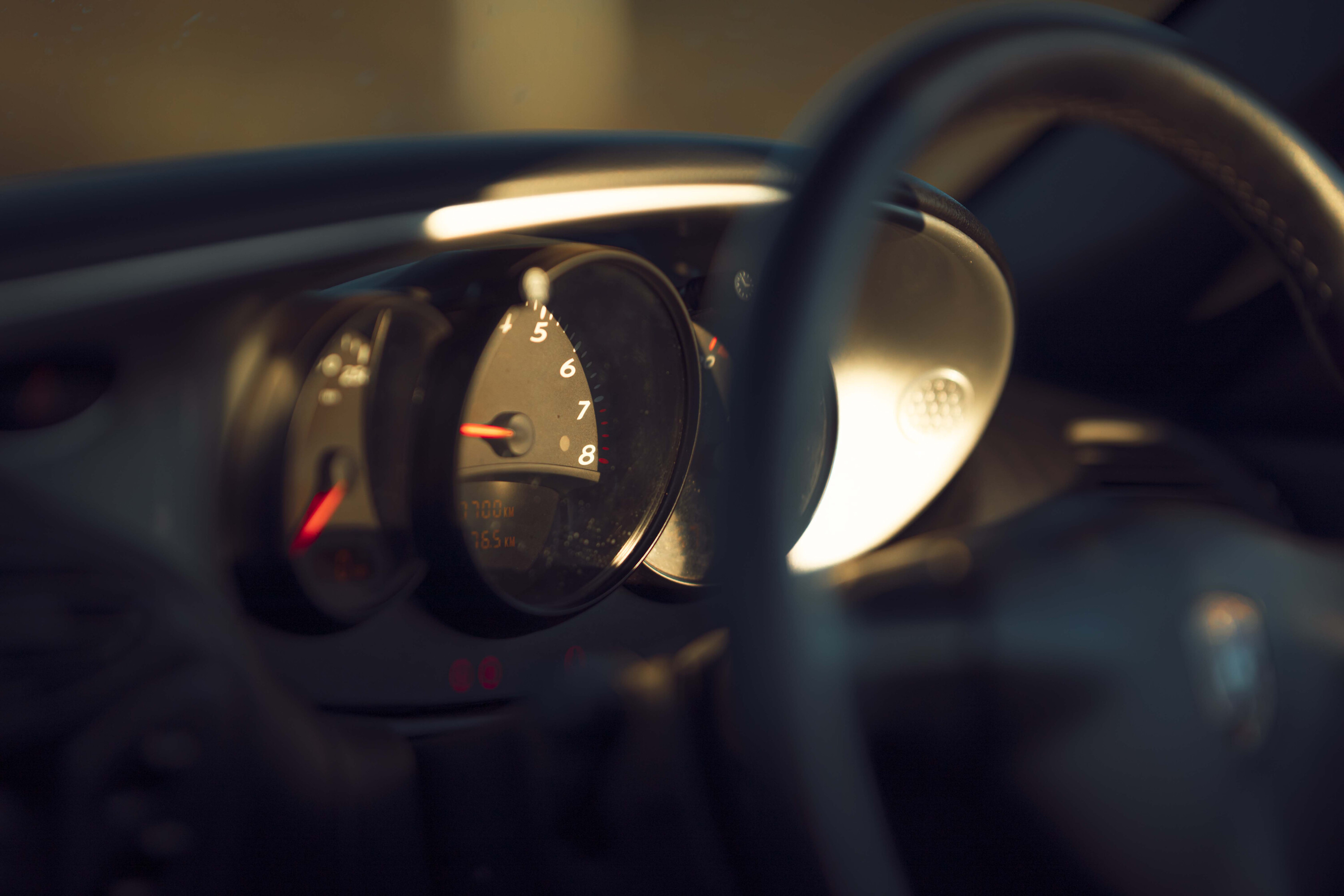
However, he realised that in order to launch two parallel sports car lines, considerable savings needed to be made. He crunched the numbers and realised that a disproportionately high share of development budget went into a car’s front end.
It stood to reason. The crash structures, the approach aerodynamics, the heating and ventilation systems, the doors, the front suspension, the steering system, the headlights and so on were costly concepts to nail down. If two model lines could be spun from the same front architecture, the savings would be profound.
Marchart put the proposal to the Porsche board on 11 October 1991. That date was the same day he was promoted to the board so, in effect, he got to mark his own homework.
The Boxster was always the subsidiary product with development priority being devoted to the new version of the 911, dubbed the 996 after the year – 1996 – that it would be revealed.
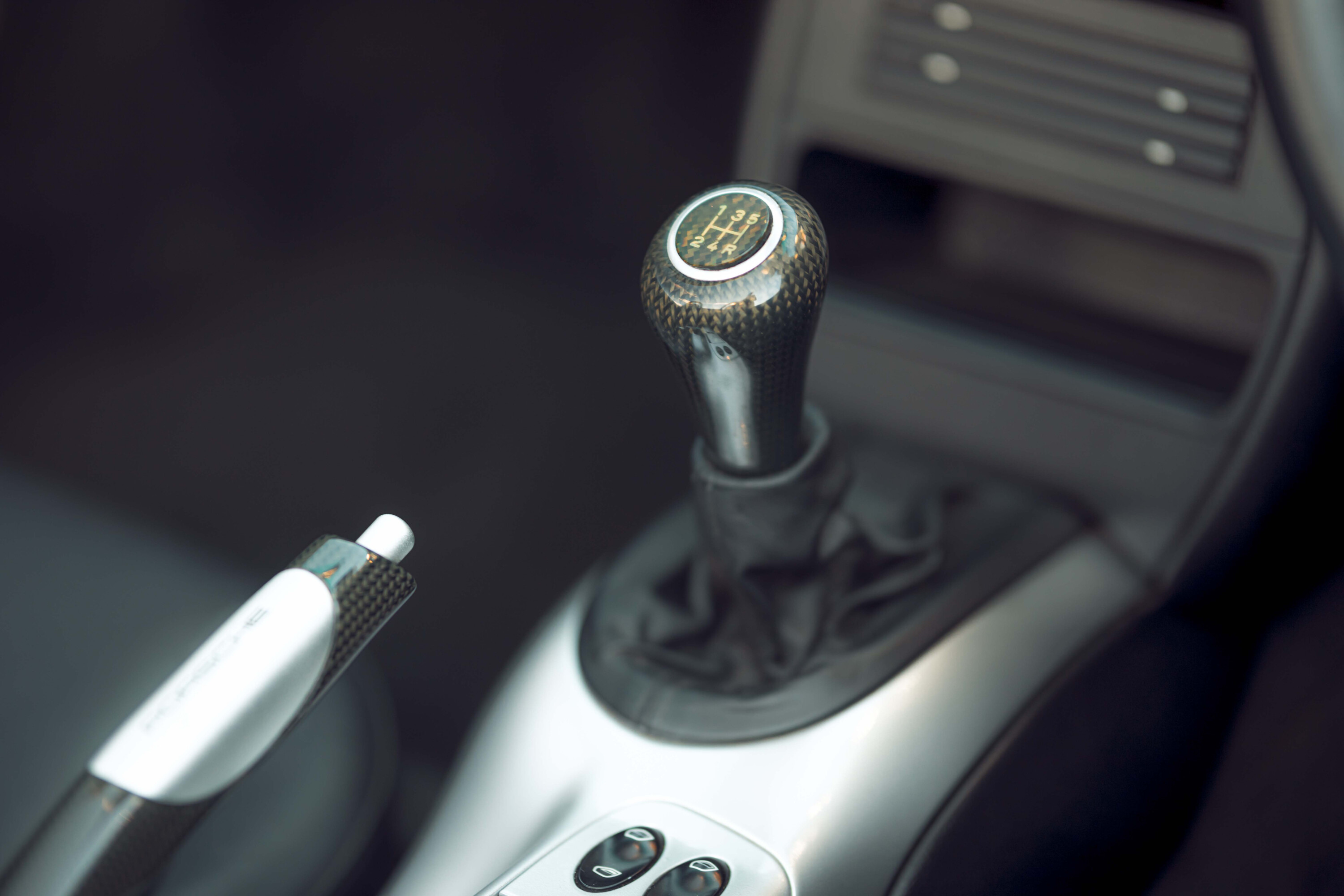
The thinking at the time was that the company would develop a new water-cooled flat-six for the 996, with the low-cost sports car getting a four-pot derivative. That roadster was given the code name 986, and various names were bandied around within Porsche, including Spyder, Expo and RSK.
Porsche unleashed the full might of its design department on the shape of the car. Harm Lagaay oversaw the styling efforts, with Wolfgang Möbius, Tony Hatter, Pinky Lai, Matthias Kulla, Steve Murkett and Grant Larson all tasked to sketch a proposal, after which four clay modellers were assigned to build up a scale model. Simultaneously, they’d work on 996 in an adjoining studio.
Larson was the only one of the designers to ignore Lagaay’s diktat for an aerodynamically advantageous high rear end. His shape was retro-tinged without being mawkish, and Lagaay realised that it could be made to work aerodynamically – not via the basic shape, but through fine tuning of the details.
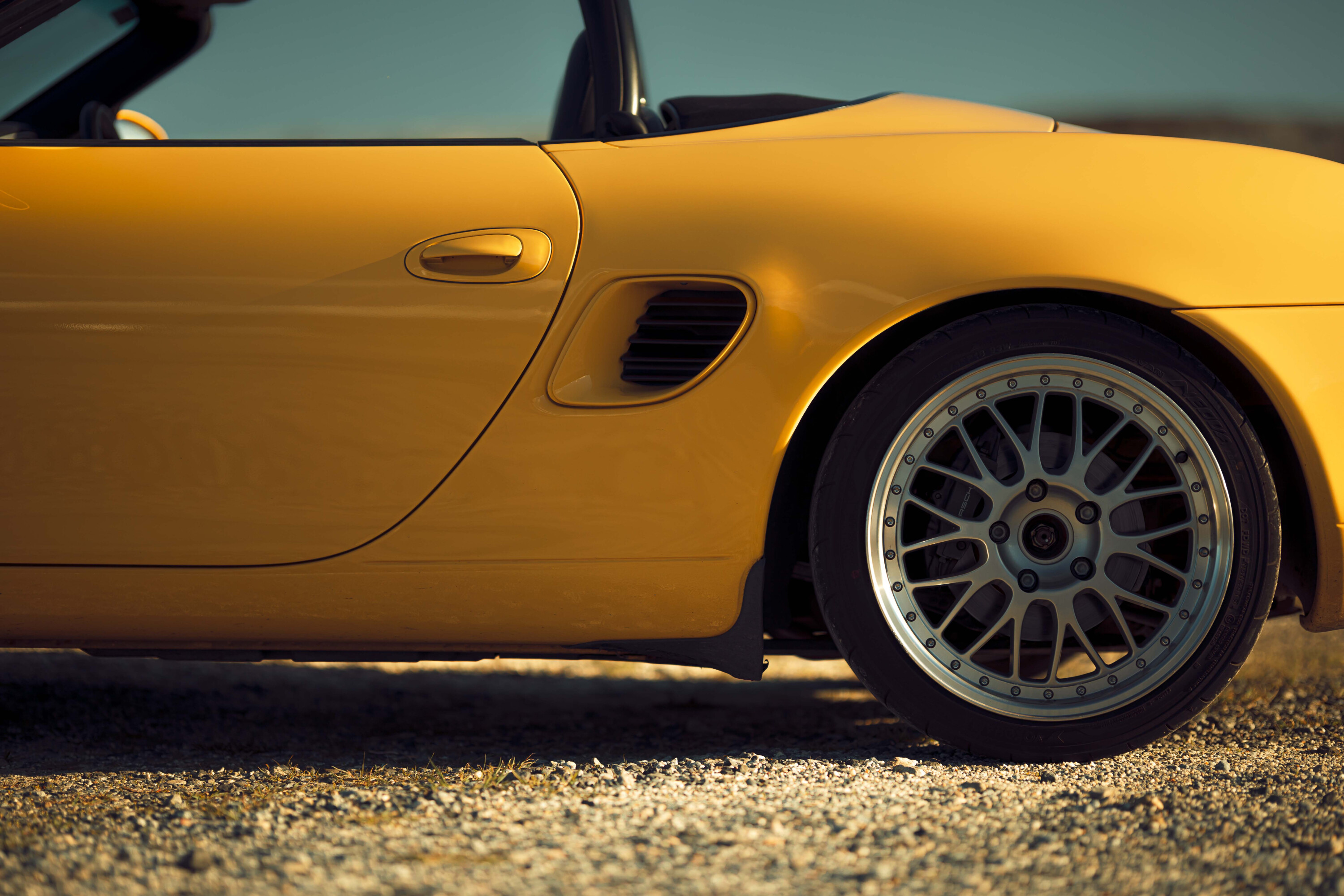
With interior design by Stefan Stark that included overt fan blades and deeply bolstered seats, it was the clear winner of the design competition and earned a new name – Boxster.
In autumn of 1992, the decision was made to bring forward the Boxster’s unveiling by three months, choosing to launch at the Detroit Show in January 1993 rather than Geneva. Wendelin Wiedeking unveiled the car to universal acclaim and was adamant that this was no mere show pony.
They were going to build it, it would be on sale by 1996, it would look very much like the car on the stand and, crucially, it would cost less that $40,000 US dollars. The company that looked as if it was going broke had turned a corner.
By the time the Geneva Show rolled round in 1993, Porsche had already frozen design work on the Boxster clay buck, alongside its 911 counterpart. Now they had the small task of engineering the car. It quickly became apparent that packaging a multi-link rear suspension with the boxer engine wasn’t going to be either space or cost efficient.
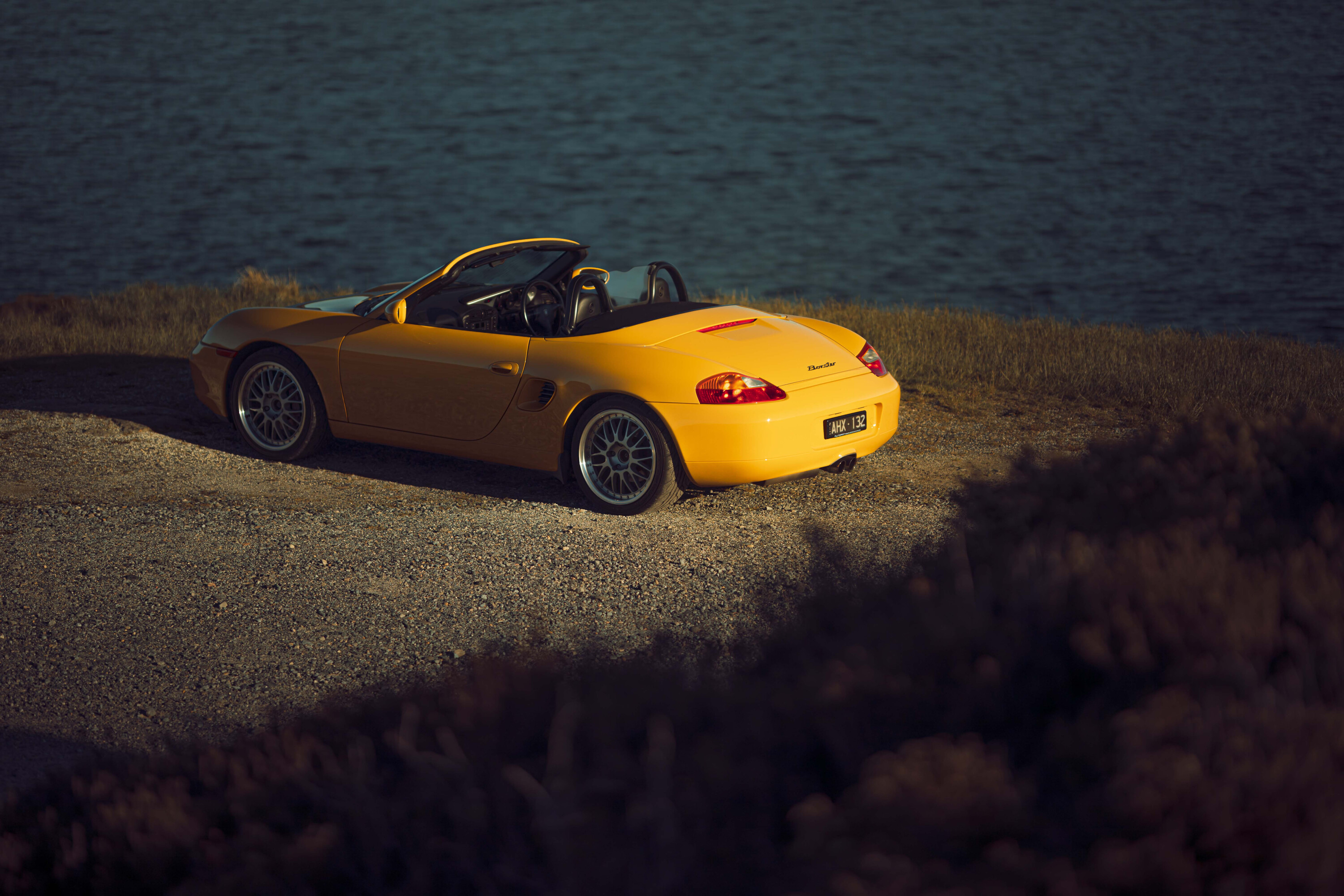
In case you ever found yourself wondering why the Boxster, and indeed the subsequent Cayman coupe, ran on the seemingly rudimentary architecture of four MacPherson-style struts, well there’s your answer.
At the time, it was the accepted engineering solution for small, mid-engined cars built to a budget, and the Fiat X1/9, the Lancia Beta Monte Carlo and the Toyota MR2 had all previously adopted this layout with success. In testing, Porsche had realised that overly short wishbones that would have fit into the space available only offered advantages at speeds of more than 280km/h – clearly an impractical consideration.
The suspension utilised twin-tube Bilstein dampers, with the Krupp-sourced front springs shaped in a cone so that the units could never become coil-bound under compression.
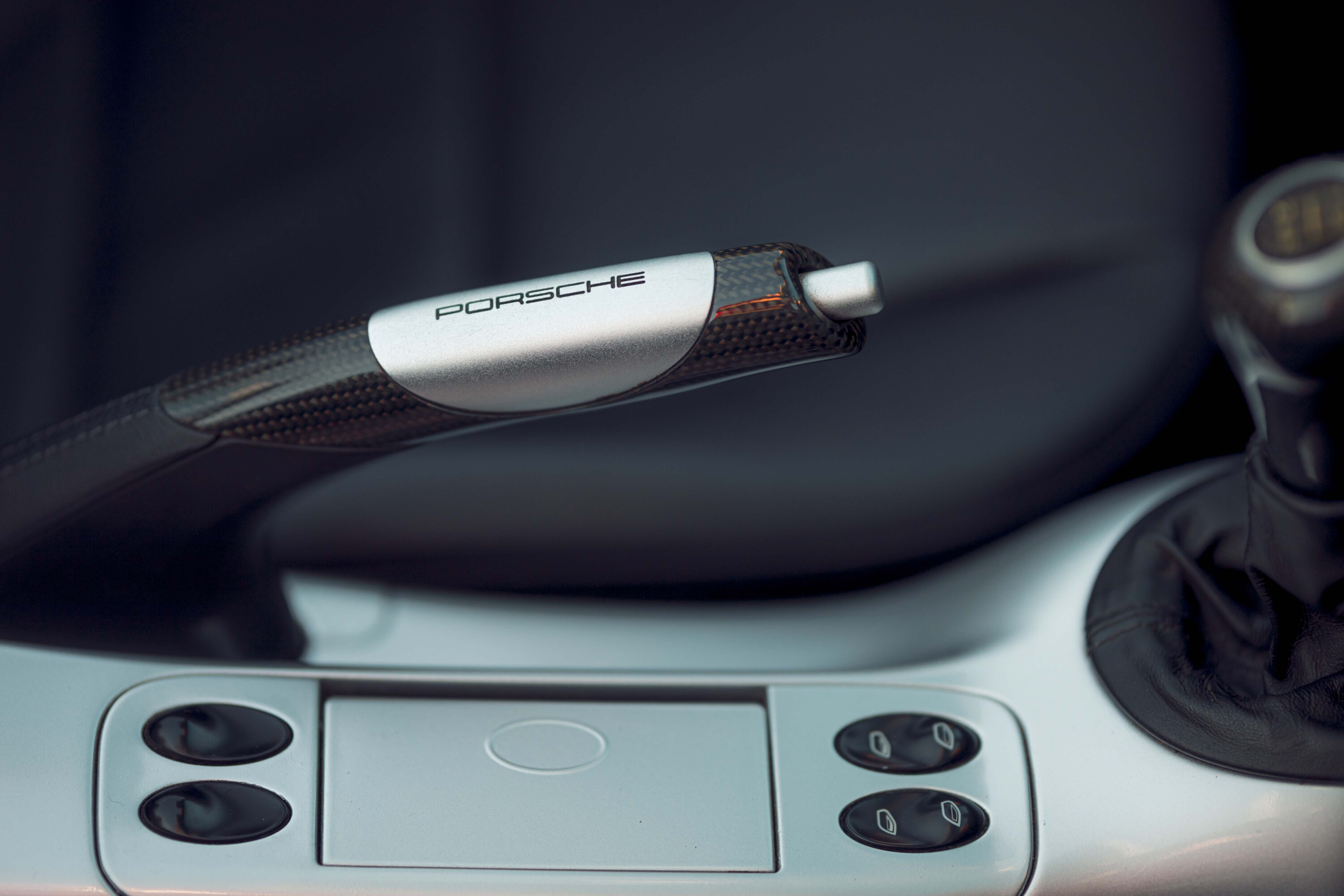
Brembo was tasked with the design of the monobloc brake calipers and Pirelli, Continental, Bridgestone and Michelin were the tyre suppliers capable of achieving Porsche’s targets for weight, rolling resistance, durability and low noise.
The other question that frequently arises when discussing the development of the Boxster is why it was unveiled before the 996 version of the 911? Surely the most logical marketing decision would be to launch the halo car and the diffusion line off the back of that publicity?
That was indeed the aim, but Porsche’s hand was forced by domestic rivals BMW and Mercedes-Benz, who were bringing the Z3 and SLK to market. Zuffenhausen needed to react to these dual threats.
Work on both the oily bits of the 996 and the 986 really only started in earnest in 1993 due to the final phase of work in launching the 993 version of the 911 – a car that outsold all of its estimates and which bought the company some much-needed breathing space in the development of the New Generation cars.
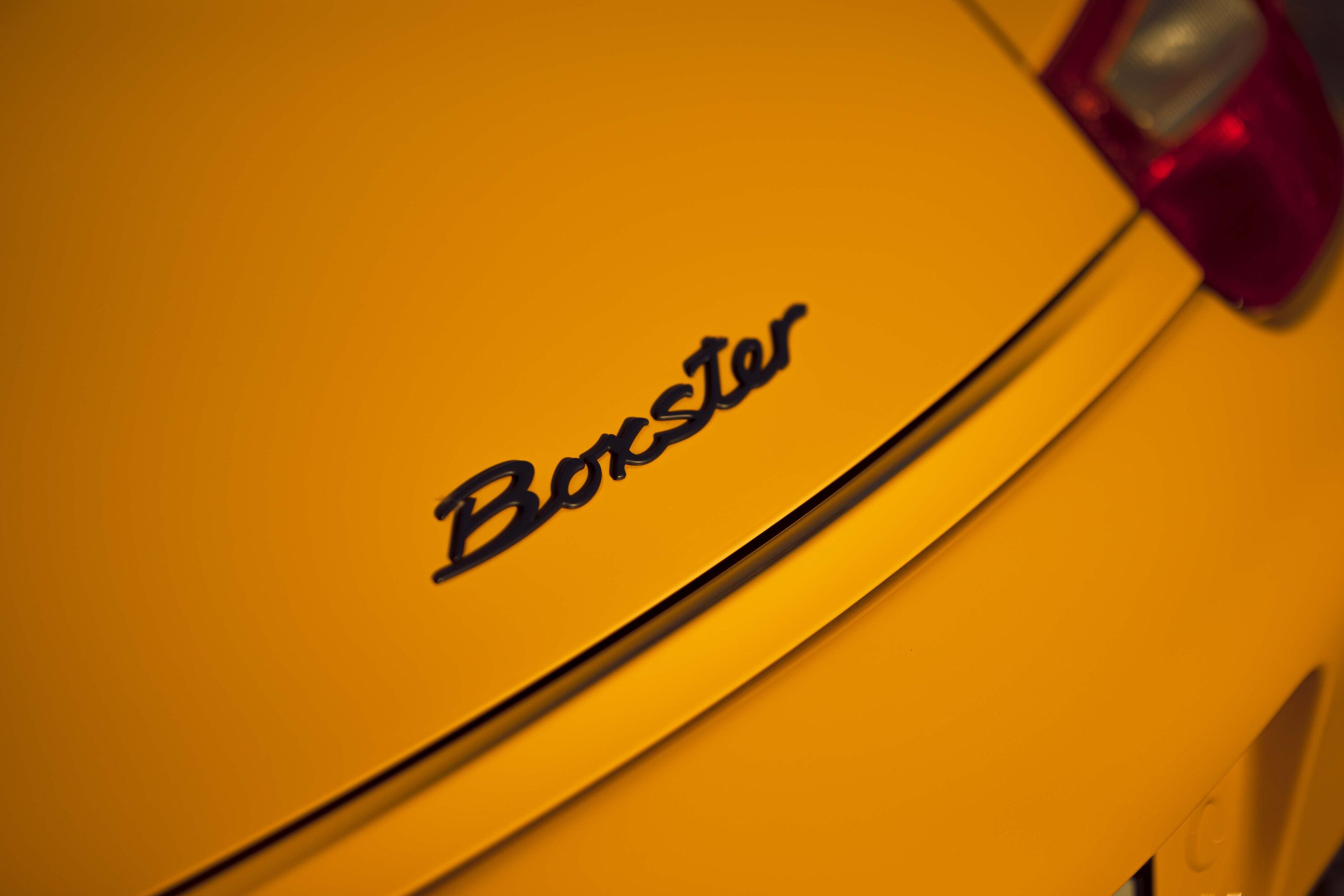
Stylist Grant Larson staged a minor rebellion when he learned that the 996 and 986 were both to share the same headlights and front bumpers.
While the lights couldn’t and wouldn’t be altered, he strong-armed Lagaay into authorising a unique front bumper for the Boxster so that it wouldn’t be completely identical to the 911 when viewed from the front.
It’s not widely appreciated but the body was built by BMW. Porsche signed a $125m contract for BMW to construct the body panels at its Eisenach plant. This was part of a deliberate scheme to reduce the number of direct suppliers from 950 for the 993 version of the 911 to around 300.
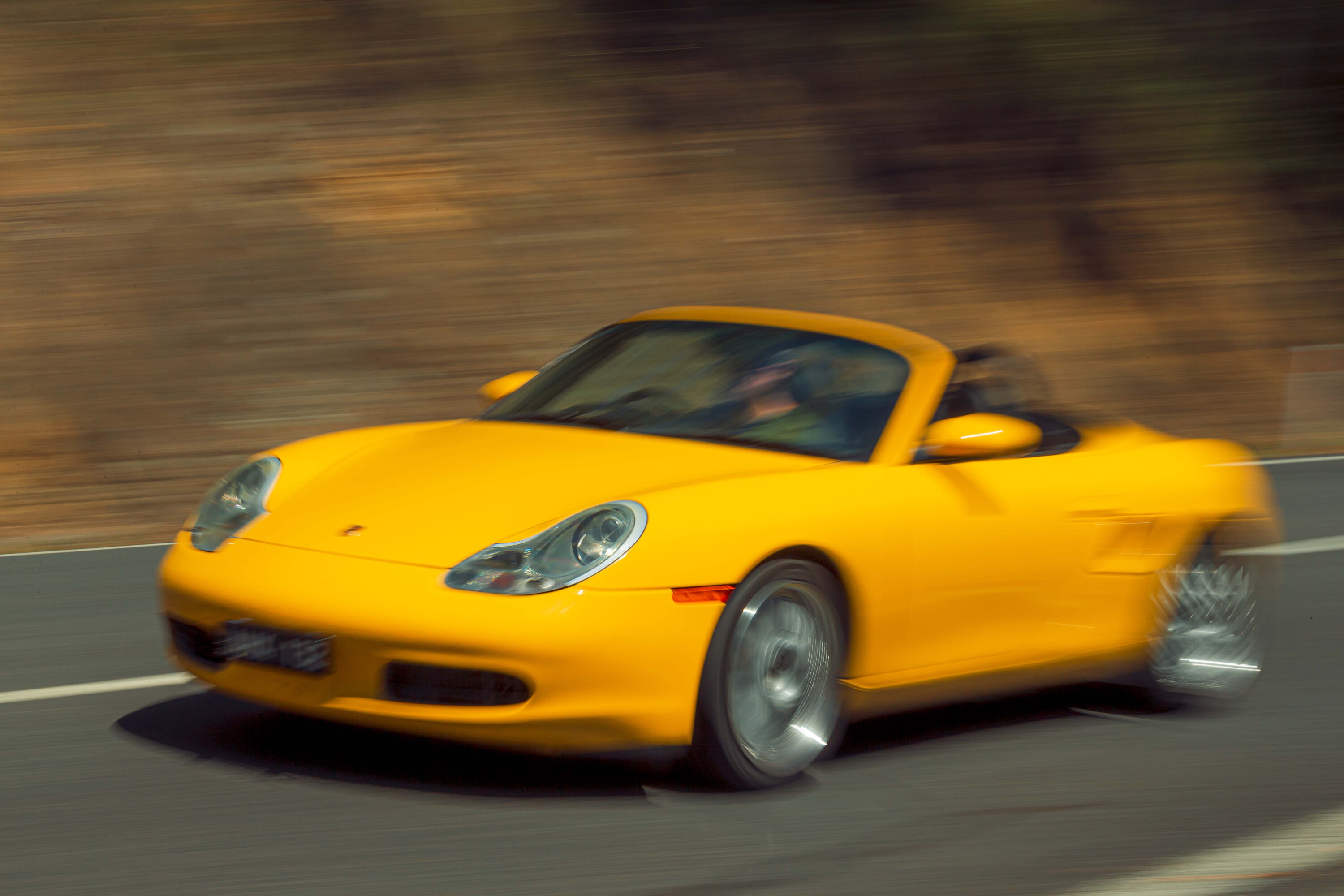
Bosch supplied the lights, Audi the manual transmission, Peguform the bumper assemblies and Car Top Systems the roof.
This proved to be somewhat of an issue when Karmann took legal action against Porsche, believing the design was a little too similar to the Karmann Idea, a roadster shown at the Frankfurt Show in 1991, which incorporated much the same Z-fold system that used the front section of the soft-top as a de facto tonneau cover.
The simplification process extended to the engine. After some investigation, it was discovered that the cost savings of developing a four-cylinder engine didn’t stack up, and Porsche still remembered the reception for the four-pot engine in the 924.
The response was the M96.20 water-cooled 2488cc flat six. This used 408 parts versus the old air-cooled flat six’s 480, despite the fact that the newer engine featured four valves per cylinder and double the camshaft count. It also weighed a mere 182kg versus 232kg for the air-cooled unit.
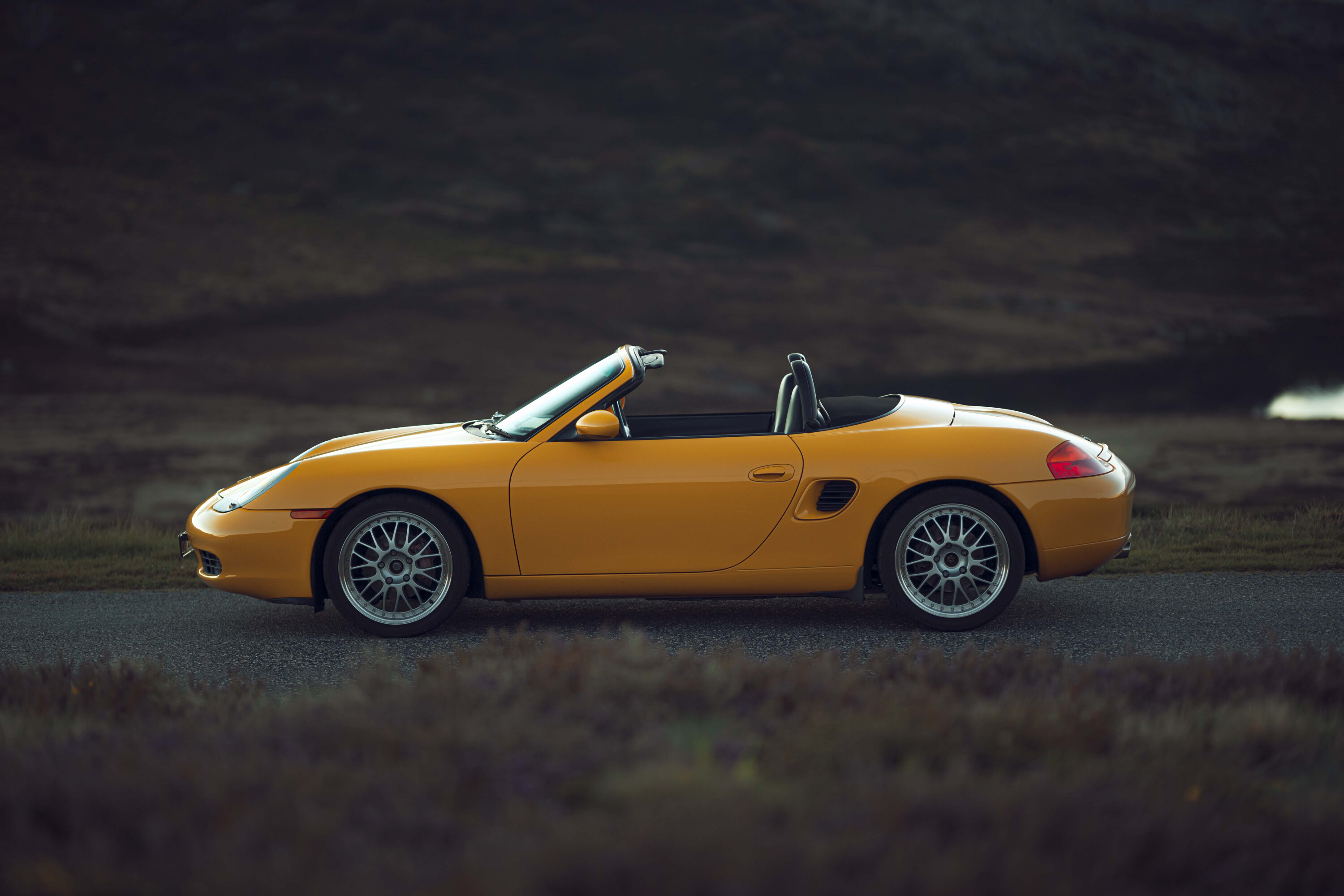
In order to shave costs further, Porsche adopted Lokasil technology for the cylinder liners – in effect LOCalised SILicon, providing a high proportion of silicon crystals only where they were needed and not throughout the block, as in the 944 and 928 engines.
The engine was unconventional in many ways. Its two ‘blocks’ and their cylinder heads were connected by long tension bolts to a split aluminium casting in the middle of the engine that carried the crankshaft, that Porsche dubbed the ‘bearing bridge’.
Legendary engine designer Hans Mezger suggested a cost effective and clever auxiliary heat exchanger, that was basically a water pipe that cooled the right-hand head that was dipped into the oil sump. Because water heats up quicker than oil, it can be used to warm the oil on a cold engine and cool the oil of a hot engine.
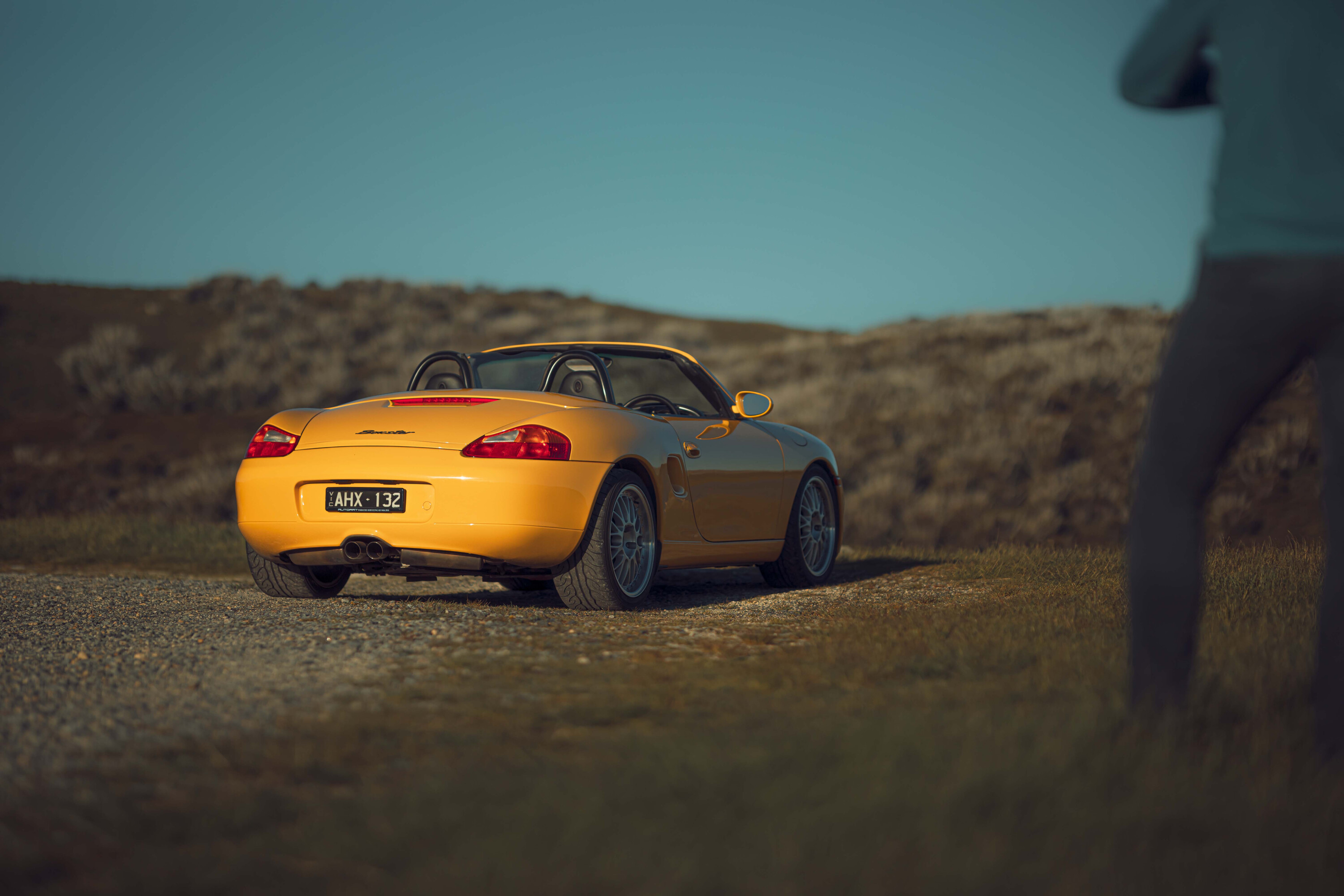
Mezger was apparently disappointed that Porsche didn’t pursue a dry-sump option for the Boxster, instead relying on a wet sump with two small scavenge pumps for the heads.
The Boxster was first driven by the press in October 1996 at a press launch near Cologne, receiving a rapturous reception. Peter Robinson reported for Wheels in the October 1996 issue: “Every corner is an event, every drive, no matter how short, an affair to savour.”
He grumbled about heat soak in the boot, the awkward-looking side vents and the shiny switchgear but opined that this was “a proper Porsche, a return to the company’s original philosophies, wrapped in an entirely contemporary package.”
History would bear him out, but some of the economies that Porsche realised in the manufacturing of the 986 would come back to haunt it. Issues with cylinder bore scoring, intermediate shaft bearing failures and rear main seal oil leakage.
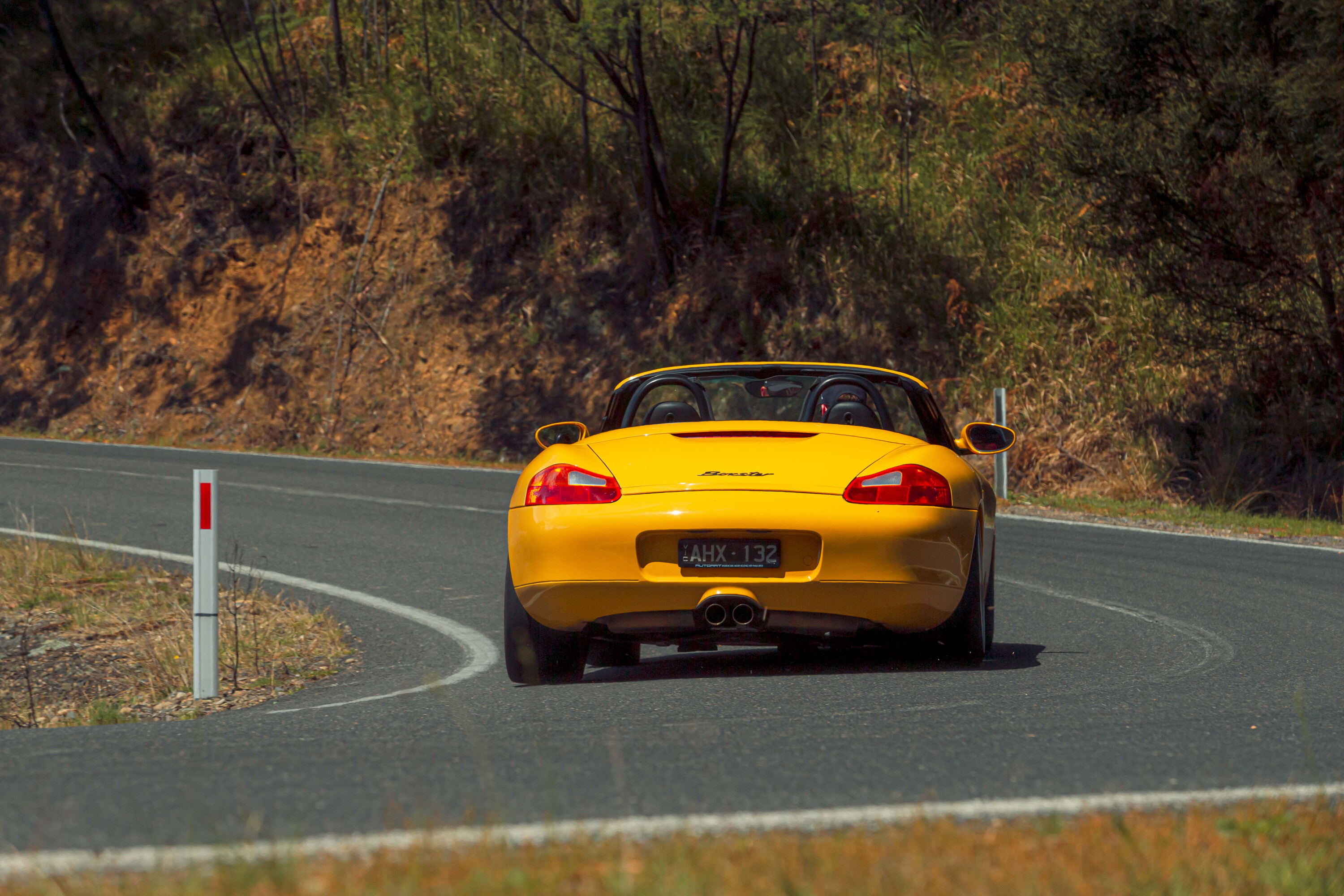
A modest facelift in 2001 was followed by another power increase for the engines in 2002.
The 2.5-litre managed a modest 150kW, with that output receiving a bump in 1999 with the arrival of a 162kW 2.7-litre engine to replace the 2.5 and, more importantly, the launch of the S model with its 188kW 3.2-litre unit, six-speed transmission and bespoke front clip. At the same time, Porsche fixed the cylinder liner issue by revising the casting process.
A modest facelift in 2001 was followed by another power increase for the engines in 2002. This lifted the 2.7-litre to 168kW and 191kW for the S version’s 3.2-litre. These powertrains also featured a welcome revision to the previously troublesome intermediate shaft.
Another small but significant change at this point was a glass window for the fabric hood, and a fourth bow in the roof to help support the additional weight of the glass. The rear spoiler was also reshaped.
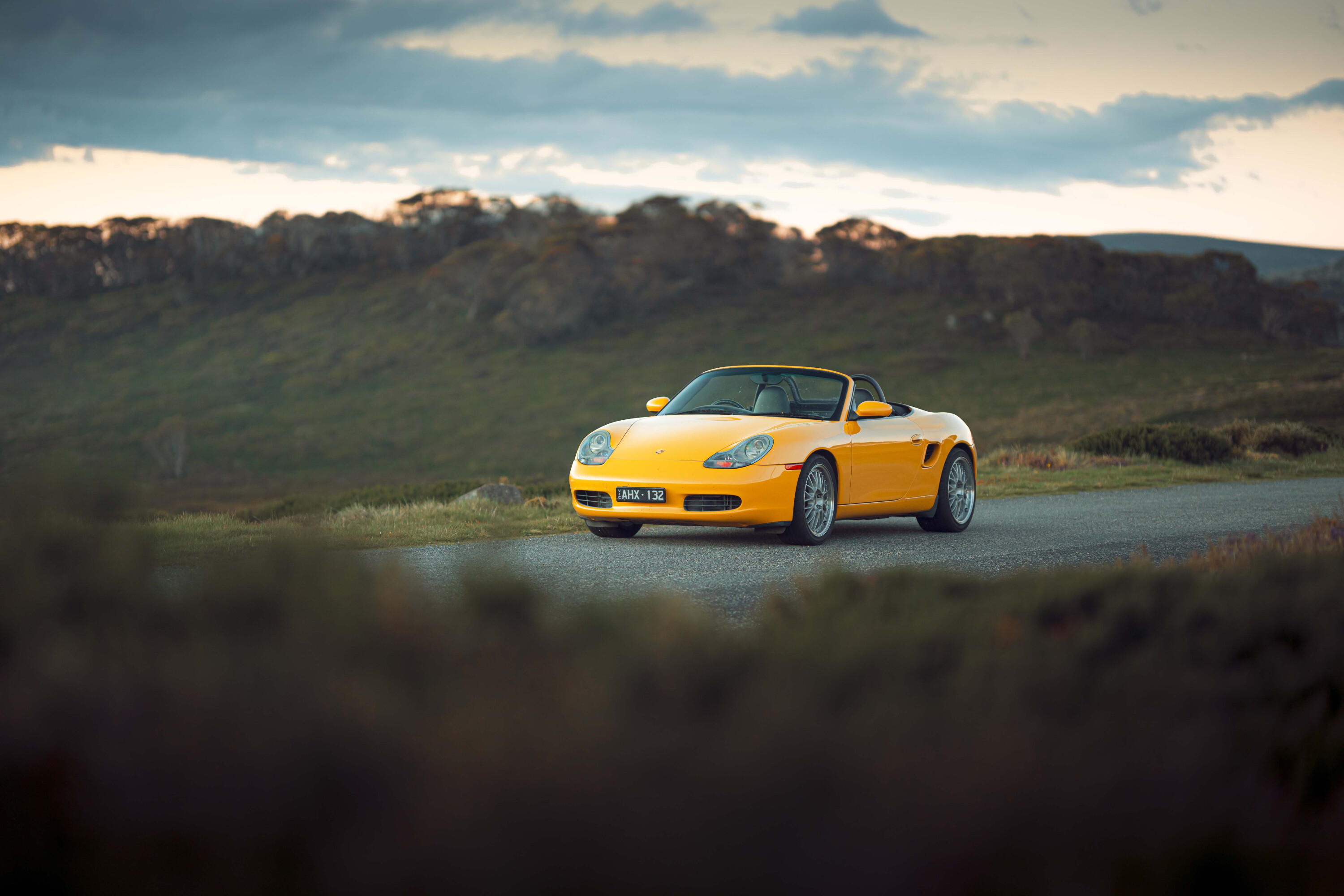
The 986 Boxster was a huge success for Porsche.
Between 80 and 90 percent of all sales were conquest purchases from other marques, they were younger than expected and Porsche sold 56 percent more of them than predicted by even its most ambitious estimate. It might be a stretch to say the Boxster saved Porsche, but the decision to share the development costs of the 986 and 996 certainly did.
“We had two model lines which we felt would allow us to recover, and then one year later we launched the [996 version of the] 911, and then with the recovery of the economy we felt we were out of the woods gradually,” noted Marchart. Here’s to remaining out of the woods.
Thanks to Karl Ludvigsen – author of ‘Porsche: Excellence Was Expected’ – for his considerable help with this feature.
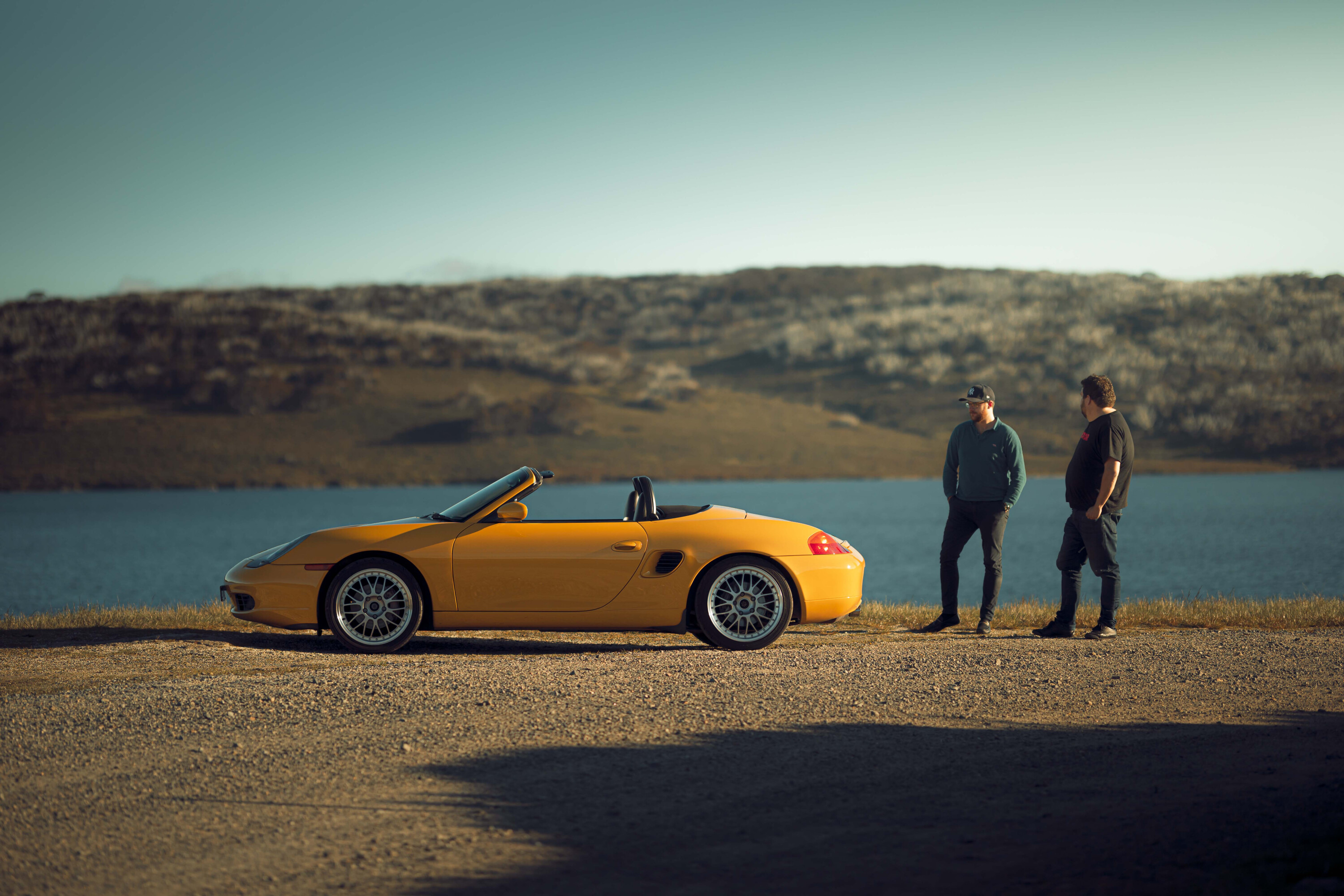
Finn pickings?
If you own a 986, there’s a 55 percent chance that it was built not in Germany but in Finland, and not directly by Porsche but by its contractor, Valmet. If your Boxster’s VIN has a U as the 11th character, it was built in the Uusikaupunki plant.
In a serendipitous gift of timing, the plant had just wound up its contract to build Opel Calibras and had capacity to build Boxsters. The decision was not taken lightly. Wendelin Wiedeking had to face down an angry works council who preferred the option of putting on a third shift at Zuffenhausen.
The decision proved a success, with warranty claims for the Finnish cars being lower than those of their German-built siblings.
| Porsche 986 Boxster | |
|---|---|
| Engine | 2687cc flat 6, dohc, 24v |
| Max power | 162kW @ 6400rpm |
| Max torque | 260Nm @ 4750rpm |
| Transmission | 5-speed manual |
| Weight | 1335kg |
| 0-100km/h | 6.6sec |
| Price (now) | from AUD $20,000 |


